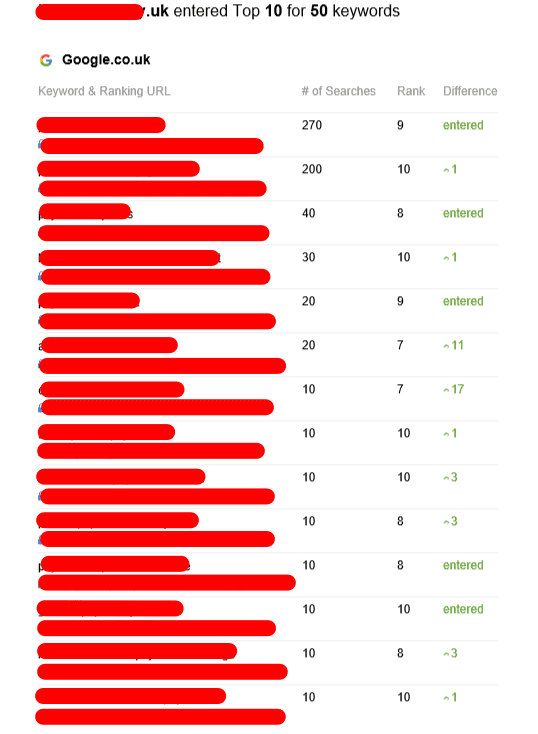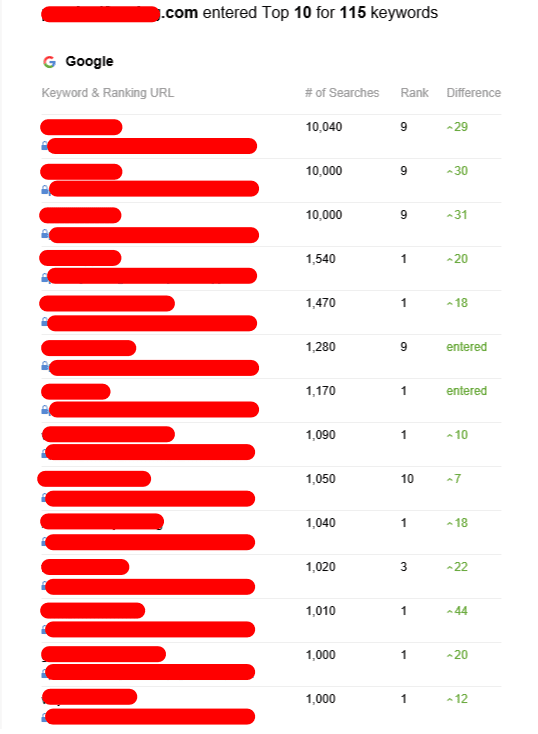
In the world of business, marketing is a critical function that helps organizations connect with their target audiences. It encompasses a range of strategies and tactics adopted to promote products or services. A vital aspect of marketing is the utilization of various marketing channels, which can significantly affect the success of a campaign. This article aims to explore different marketing channels, their advantages, and how businesses can effectively use them to achieve their organizational goals.
What are Marketing Channels?
Marketing channels refer to the different mediums or platforms through which businesses communicate with their target market. They serve as pathways to connect with consumers, providing a means for marketers to effectively deliver their messages and engage potential customers.
Types of Marketing Channels
Marketing channels can generally be categorised into two main types: traditional and digital. Below, we will delve into both categories to provide a comprehensive overview.
Traditional Marketing Channels
Print Media
- Newspapers
- Magazines
- Brochures and Flyers
Broadcast Media
- Television
- Radio
Outdoor Advertising
- Billboards
- Transit Advertising (buses, trains, etc.)
Direct Mail
- Postcards
- Catalogs
Events and Trade Shows
- Industry conferences
- Product launches
Digital Marketing Channels
Social Media
- Platforms (Facebook, Twitter, LinkedIn, Instagram, TikTok)
- Content (posts, stories, videos)
Email Marketing

- Newsletters
- Promotional emails
Search Engine Marketing (SEM)
- Pay-Per-Click (PPC) advertising
- Search Engine Optimization (SEO)
Content Marketing
- Blogs
- E-books
- Podcasts
Affiliate Marketing
- Sponsored content
- Influencer partnerships
Webinars and Online Events
Choosing the Right Channel
When it comes to selecting marketing channels, businesses must consider their target audience, marketing objectives, budget, and the nature of their products or services. Below is a simplified framework to guide marketers in choosing the appropriate channel:
| Factor | Considerations |
|---|---|
| Target Audience | Age, gender, interests, and behavior of the audience |
| Marketing Objectives | Brand awareness, lead generation, sales conversion |
| Budget | Cost-effectiveness of the channel |
| Product/Service Type | Nature of the product and sales cycle |
By carefully evaluating these factors, businesses can identify which channels will yield the highest return on investment (ROI).
Advantages and Disadvantages of Marketing Channels
Each marketing channel comes with its distinct advantages and disadvantages. The following table presents a quick overview:
| Marketing Channel | Advantages | Disadvantages |
|---|---|---|
| Print Media | Tangible, high credibility, targeted local audience | Declining readership, high costs |
| Broadcast Media | Massive reach, message retention | Expensive, less targeting flexibility |
| Outdoor Advertising | High visibility, constant exposure | Limited information, high costs |
| Social Media | Interactive, cost-effective, versatile | Rapid changes, potential for negative feedback |
| Email Marketing | Direct communication, personalized | Over-saturation, possible inbox clutter |
| Content Marketing | Builds trust and authority, long-term value | Time-consuming, requires consistency |
| Search Engine Marketing | Highly targeted, measurable results | Competitive, can be costly without proper management |
Integrated Marketing Communications (IMC)
To optimize marketing efforts, businesses are increasingly adopting the Integrated Marketing Communications (IMC) approach. IMC harmonizes multiple marketing channels to deliver a cohesive message to the audience. The primary benefits of using an IMC strategy include:
- Consistency: Uniform messaging across all channels enhances brand recognition.
- Maximized Impact: Marketing efforts are amplified when various channels are effectively combined.
- Resource Efficiency: Streamlined processes save time and costs.
Steps in Implementing an IMC Strategy
- Identify the Target Audience: Conduct market research to understand demographics and preferences.
- Set Clear Objectives: Define the goals for the marketing campaign.
- Choose Appropriate Channels: Select channels that best align with audience behavior and preferences.
- Develop Cohesive Messaging: Ensure consistent messaging across all chosen channels.
- Engagement and Monitoring: Actively engage with the audience and monitor campaign performance for necessary adjustments.
Frequently Asked Questions (FAQs)
What is the most effective marketing channel?
The effectiveness of a marketing channel largely depends on the specific goals of a business and the characteristics of its target audience. Digital channels, particularly social media and email, have proven highly effective due to their targeted reach and adaptability.
How do I know which marketing channels my business should use?
Analyze your target audience's behavior, preferences, and interactions. Conduct market research to identify which channels they frequent and what types of content they engage with.
Can traditional marketing channels still be effective in today's digital world?
Yes, traditional marketing channels can still be effective, especially for local businesses or demographics that may not engage with digital platforms as frequently. The key is to integrate these channels with digital strategies for overall impact.
How can I track the effectiveness of my marketing channels?
Utilize analytics tools to track engagement, conversions, and other KPIs. For digital channels, platforms like Google Analytics and social media insights can provide valuable information.
Is it possible to combine traditional and digital marketing channels?
Absolutely! An integrated approach can maximize reach and impact by leveraging the strengths of both traditional and digital marketing - dallaspoldrack.top blog article - channels.
Understanding the diverse landscape of marketing channels and how to effectively utilize them is crucial for any business aspiring to thrive in a competitive market. By carefully selecting and integrating the right channels, organizations can enhance their outreach, engage their audiences more effectively, and ultimately drive sales growth. As technology and consumer preferences evolve, marketers must remain agile, continuously adapting their strategies to meet ever-changing market demands. This ongoing, strategic navigation of marketing channels will empower businesses to build resilience and achieve long-term success.







